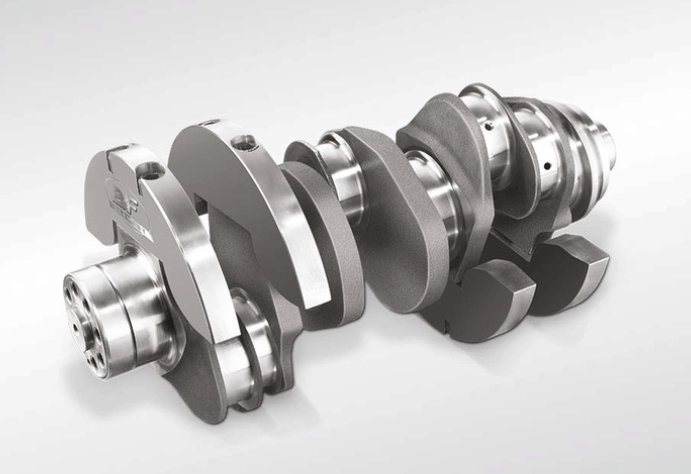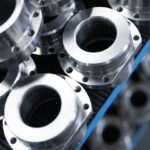– Hypoeutectoid steels (carbon content from 0 to 0.83%) consist of primary (proeutectoid)
ferrite (according to the curve A3) and Pearlite.
– Eutectoid steel (carbon content 0.83%) entirely consists of Pearlite.
– Hypereutectoid steels (carbon content from 0.83 to 2.06%) consist of primary (proeutectoid)
cementite (according to the curve ACM) and Pearlite.
– Cast irons (carbon content from 2.06% to 4.3%) consist of cementite ejected from austenite according to the curve ACM , Pearlite and transformed ledeburite (ledeburite in which austenite transformed to pearlite).
When the liquid of eutectic composition is cooled, at or below eutectic temperature this liquid transforms simultaneously into two solid phases (two terminal solid solutions, represented by αand β). This transformation is known as eutectic reactionand is written symbolically as:
Liquid (L) ↔solid solution-1 (α) + solid solution-2 (β)
In the solid state analog of a eutectic reaction, called a eutectoid reaction, one solid phase having eutectoid composition transforms into two different solid phases. Another set of invariant reactions that occur often in binary systems are – peritectic reaction where a solid phase reacts with a liquid phase to produce a new solid phase.
For their role in mechanical properties of the alloy, it is important to note that: Ferrite is soft and ductile Cementite is hard and brittle. Thus, combining these two phases in solution an alloy can be obtained with intermediate properties. (Mechanical properties also depend on the microstructure, that is, how ferrite and cementite are mixed.)


